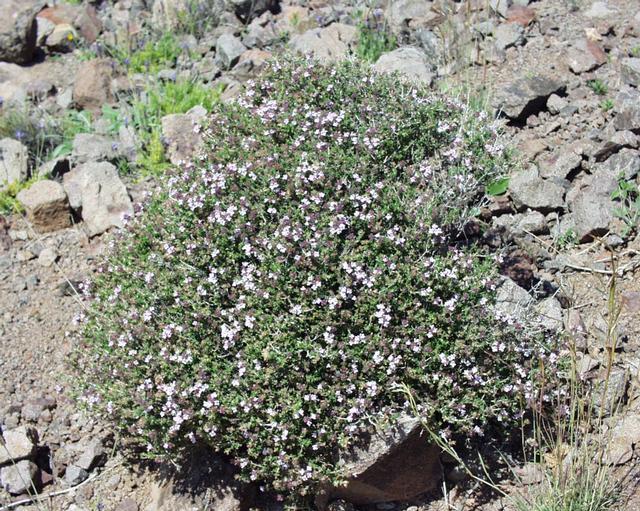Description
The Whitest Evening Primrose (Oenothera albicaulis) is native to North America, specifically the Great Plains region. It is a herbaceous perennial plant that grows to be about 2-3 feet tall. The leaves are long and narrow, and the plant produces white flowers that bloom in the evening. The flowers are about 1-2 inches in diameter and have four petals.
The plant prefers well-draining, sandy soil and full sun to partial shade. It is winter hardy and can tolerate cold temperatures. To cultivate the plant successfully, gardeners and farmers should plant it in an area with good drainage and provide it with adequate sunlight.
The plant is not edible, but it does provide some benefits for wildlife. The flowers attract pollinators, such as bees and butterflies, and the plant can provide habitat for small animals.
In addition to its value for wildlife, the Whitest Evening Primrose has some medicinal uses. The roots of the plant can be used to make a tea that has been used to treat stomach ailments and other digestive issues. The plant has also been used as a pain reliever and to treat wounds.
